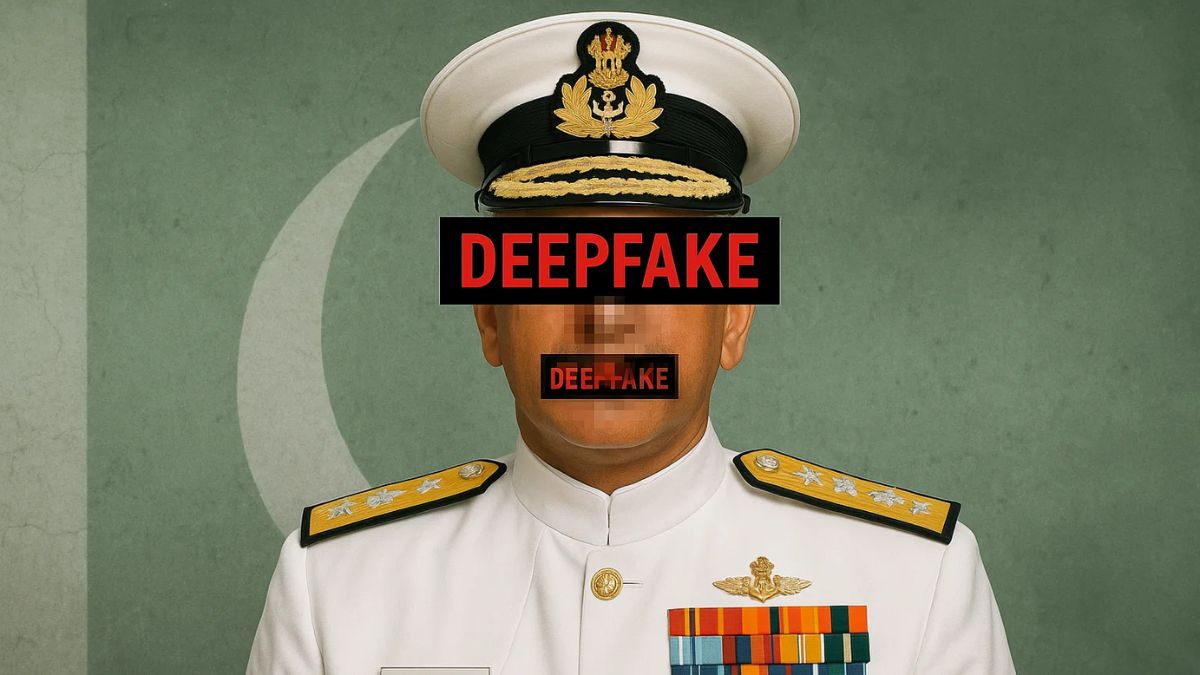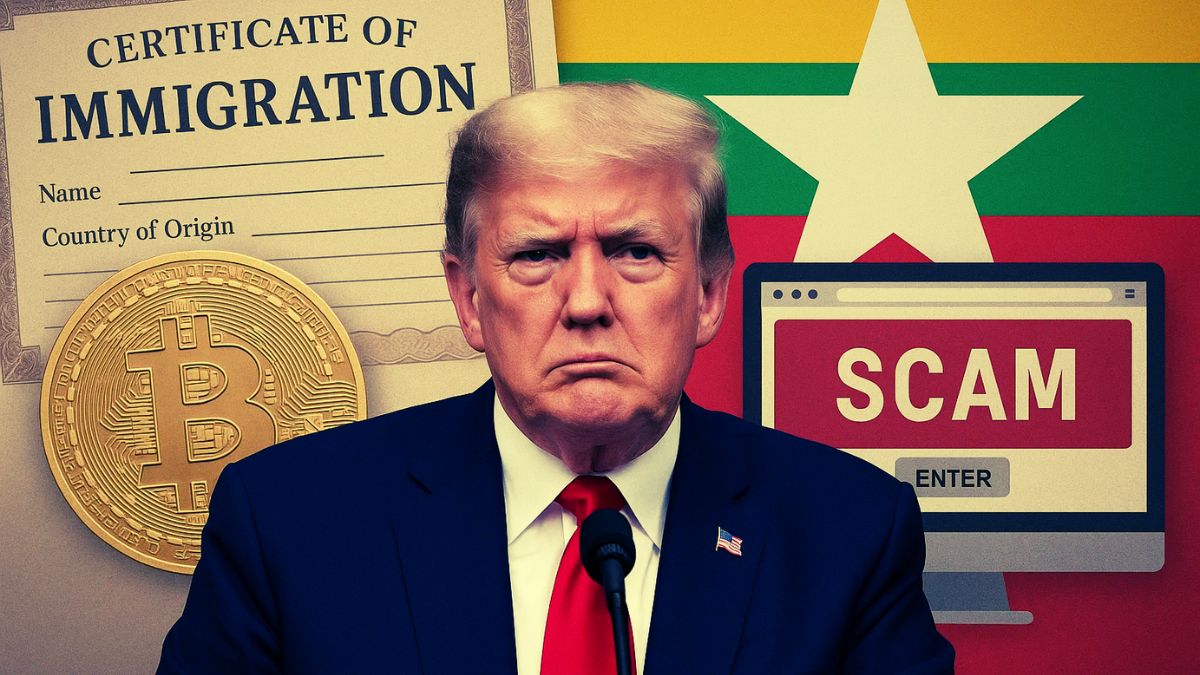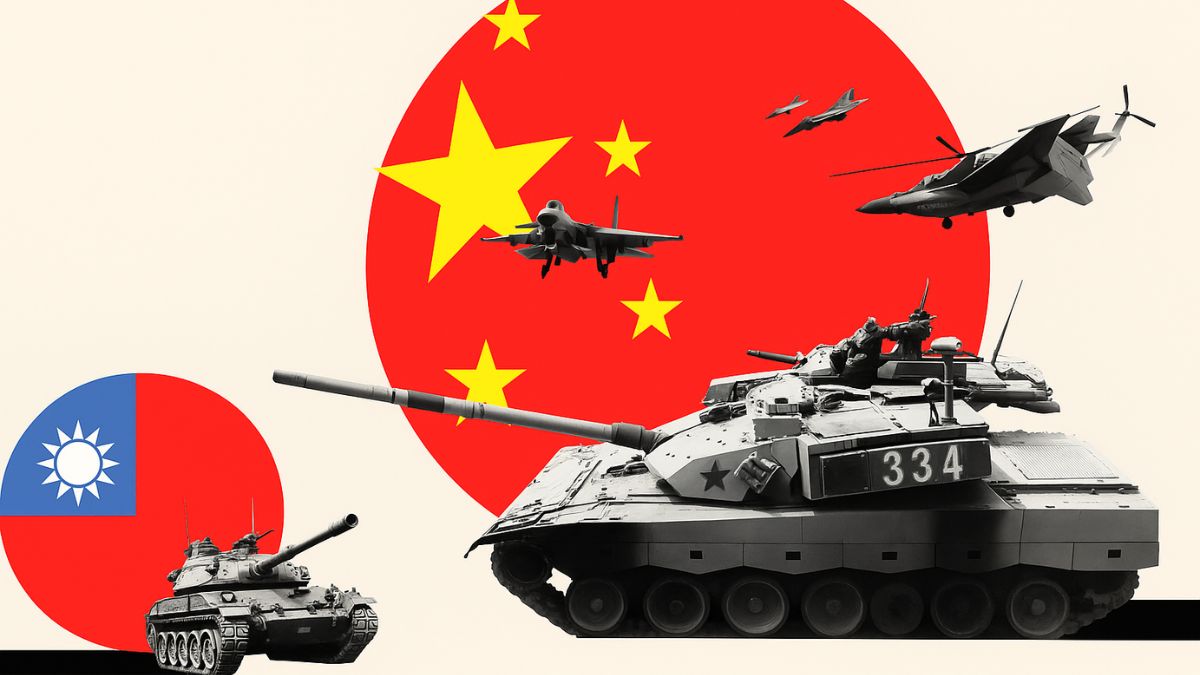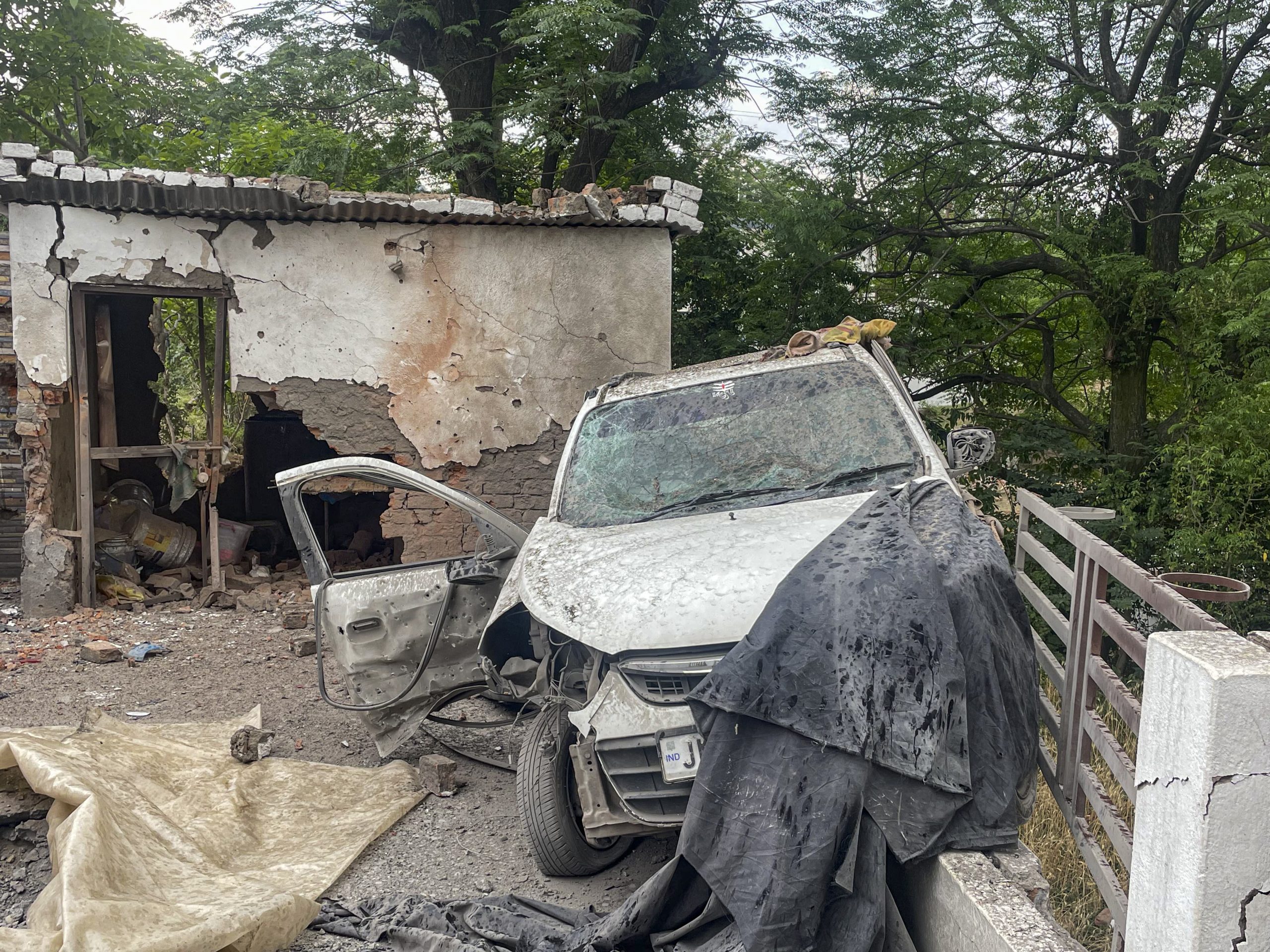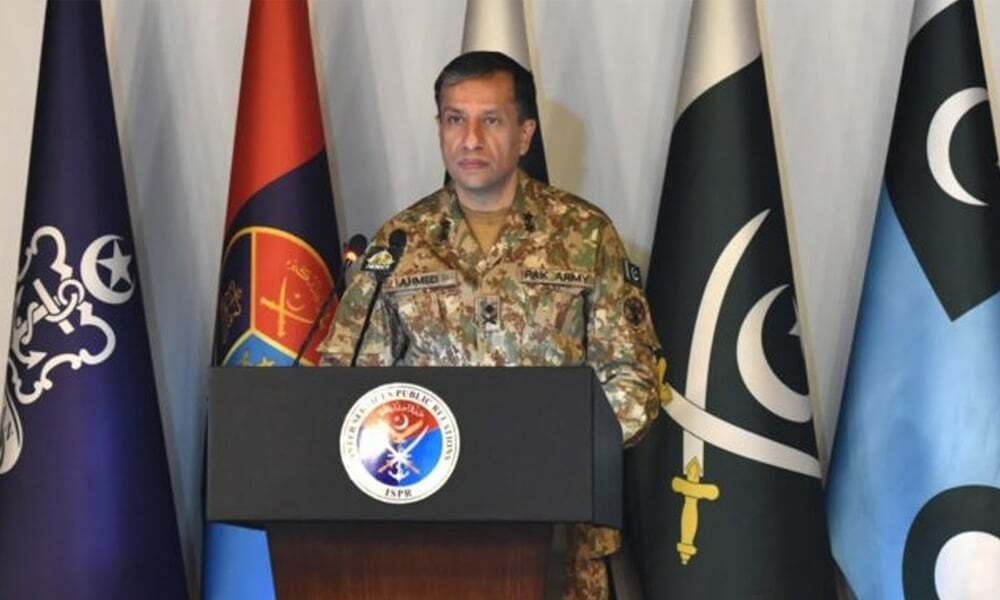4C Approach For Global Peace: Defence Minister Rajnath Singh Tells Chiefs Of UN Troop Contributing Countries
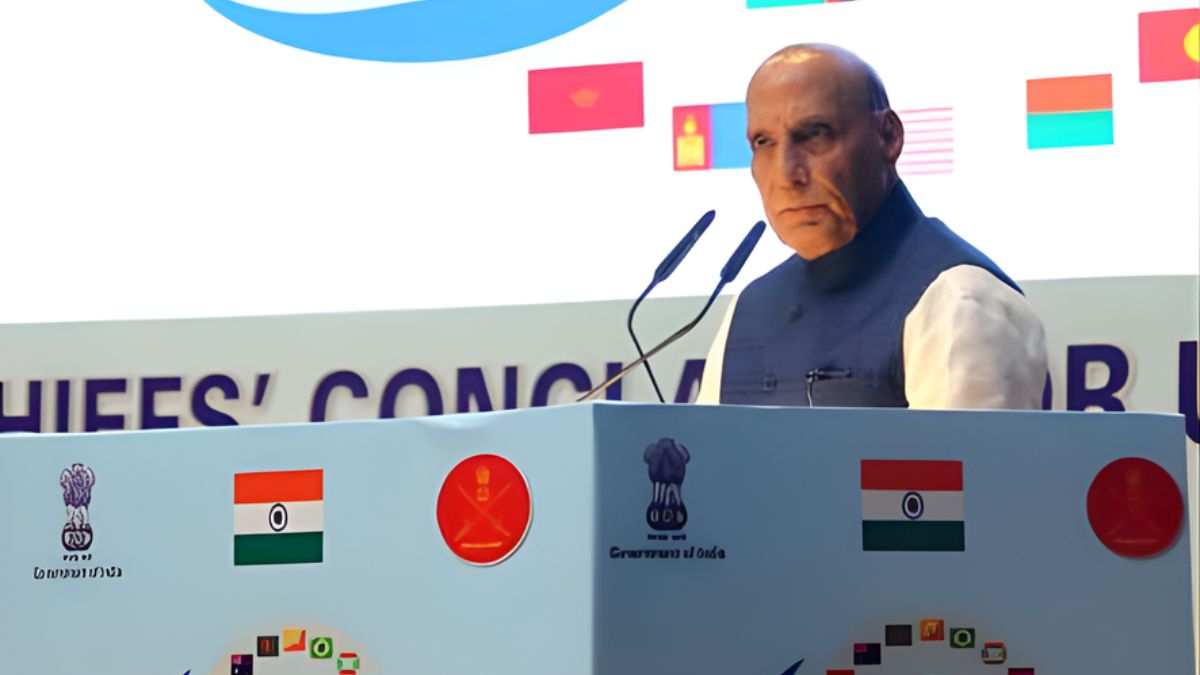
Raksha Mantri highlighted the growing complexities of the challenges being faced by the peacekeepers today. Image courtesy: PIB
Defence Minister Rajnath Singh has called for a renewed global push to reform and reinforce UN peacekeeping, outlining a “4C” approach — Consultation, Cooperation, Coordination and Capacity Building — at the inaugural session of the Chiefs’ Conclave of UN Troop Contributing Countries (UNTCC) in New Delhi.
India is hosting the three-day meet, from October 14–16, 2025, at the Manekshaw Centre, a first for the country. Worth mentioning here is that India is the third-largest contributor to UN peacekeeping forces. The UNTCC Chiefs’ Conclave has brought together senior military leadership from 32 nations that play a pivotal role in UN peacekeeping operations.
Why does peacekeeping need a new model?
Singh flagged the rapidly evolving nature of threats faced by UN peacekeepers like asymmetric warfare, terrorism, fragile political landscapes, humanitarian crises, pandemics and disinformation. He stressed that many missions struggle due to delayed deployments, limited resources and outdated mandates that fail to address root causes.
“We cannot fight today’s challenges with outdated multilateral structures. Without comprehensive reforms, the UN faces a crisis of confidence,” he warned, adding that without comprehensive reforms, the UN faces a crisis of confidence. “For today’s interconnected world, we need a reformed multilateralism.”
What role should advanced nations play?
He urged technologically and financially capable member states to expand their contributions in troops, police, logistics, innovation and specialised capacities. Singh underscored the need for secure communications, surveillance tools and unmanned platforms to improve mission safety and effectiveness.
Reaffirming India’s historic role, Singh highlighted that 2,90,000 Indian personnel have served in over 50 missions worldwide, from Congo and Korea to South Sudan and Lebanon. The defence minister further added that India stands ready to deploy troops, share expertise, support institutional reforms, strengthen accountability.
India’s Centre for UN Peacekeeping in New Delhi has already trained participants from over 90 countries, building interoperability and mission readiness.
What indigenous capabilities is India offering?
Under the Aatmanirbhar Bharat vision, Singh showcased India’s indigenous defence technologies suited for peacekeeping – land mobility platforms, secure communications, surveillance systems, UAVs, medical support solutions. He said these low-cost technologies could boost mission efficiency and survivability.
How are women transforming peace missions?
Calling women’s participation “one of the most inspiring transformations,” Singh underlined how their presence builds trust, improves community engagement and enhances mission effectiveness. Defence Minister Singh cited the following while highlighting this –
- India’s all-women Formed Police Unit in Liberia (2007)
- Women officers deployed in South Sudan, Golan Heights and Lebanon
- The 2024 UN Military Gender Advocate of the Year awarded to an Indian woman peacekeeper in DR Congo
What about medical support in conflict zones?
Singh praised Indian medical contingents in UN field hospitals across Africa for treating thousands of civilians and peacekeepers under adversity, calling their service a testament to the UN spirit of humanity.
How does India view global leadership?
Reiterating India’s vision of Vishwa Guru, Singh said leadership does not mean dominance but inclusive progress. He emphasised Gandhian values of non-violence and a just global order and cautioned against countries undermining international norms or creating alternate rulebooks, affirming India’s commitment to a rules-based order.
What did the military leadership emphasise?
In his welcome address, Army Chief General Upendra Dwivedi reaffirmed India’s long-standing peacekeeping record and stressed operational excellence, innovation and capacity building. He pointed to India’s indigenous solutions as scalable for global partners.
Chief of Defence Staff General Anil Chauhan, Air Chief Marshal Amar Preet Singh, UN Under-Secretary-General Jean-Pierre Lacroix and senior diplomats were present.
UNTCC 2025: What is the strategic objective of the forum?
The conclave aims to address operational challenges and evolving threats, strengthen interoperability, enhance inclusivity in decision-making, explore technology, training and mission reforms. India, one of the largest UN peacekeeping contributors, is using this platform to shape the future of global peace operations.
Earlier in the day, Chief of the Army Staff General Upendra Dwivedi recalled his own experience as a peacekeeper in Somalia and underscoring the enduring spirit of solidarity that unites Blue Helmets worldwide. He highlighted India’s legacy of contributing nearly 300,000 peacekeepers to over 50 UN missions and its continued commitment through the Centre for UN Peacekeeping in New Delhi.
He also called for future-ready peacekeeping marked by innovation, interoperability and adaptability.

